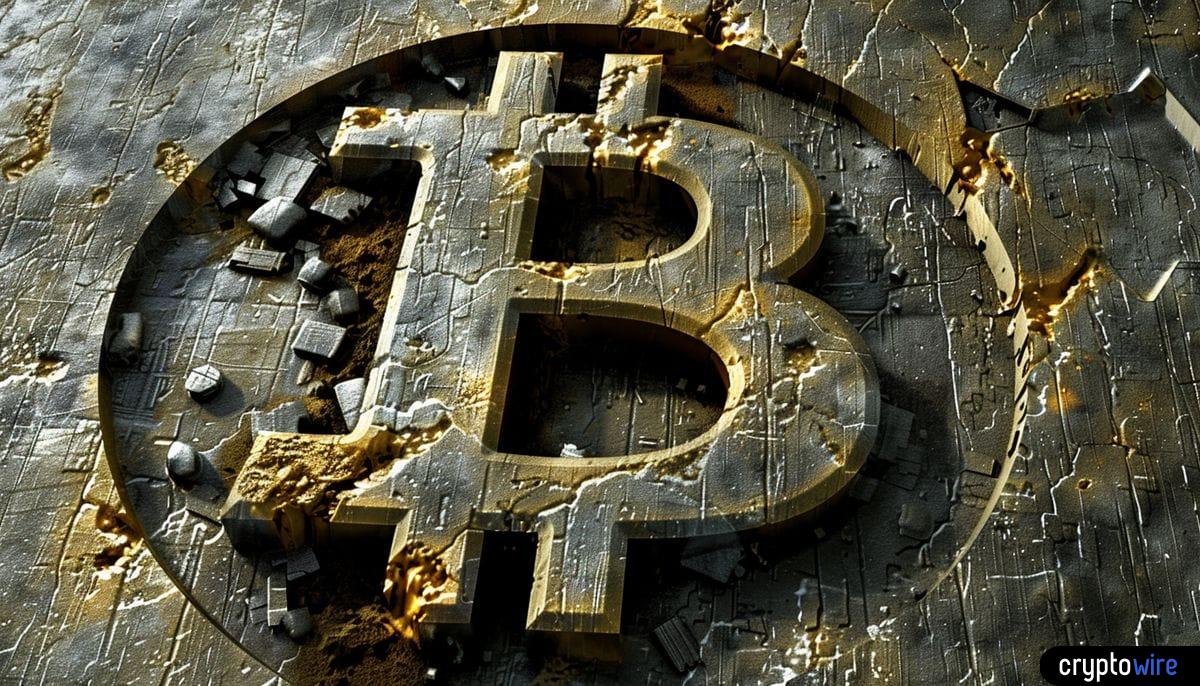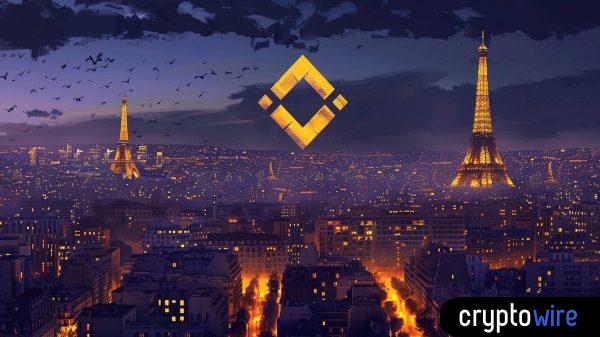📰 Table Of Contents
Runes Protocol Criticism and Debate
Runes Protocol has drawn criticism for its impact on Bitcoin’s network, sparking a debate about its design and implications. Bitcoin core developer Luke Dashjr criticized the Runes protocol in a post, suggesting it exploits a fundamental design flaw within the Bitcoin blockchain network. He highlighted the contrasting nature of Ordinal Inscriptions and the Runes protocol in their interactions with the network.
Ordinals vs. Runes
- Ordinals exploit vulnerabilities within Bitcoin Core.
- Runes operate within the existing framework of the network’s design flaws.
Runes and Network Congestion
Ordinals allow for the inscription of data onto satoshis, creating a concept similar to non-fungible tokens (NFTs). On the other hand, Runes are fungible tokens introduced on the day Bitcoin completed its fourth halving. However, following their launch, these tokens caused major network congestion, leading to a surge in transaction fees.
Response to Runes Protocol
Dashjr has long criticized both asset types, arguing that they deviate from Bitcoin’s core principles and contribute to blockchain spam. In response to his opposition to Runes, Dashjr suggested methods for filtering out transactions related to the protocol. He recommended adjusting the “datacarriersize” setting in the bitcoin.conf file to zero, which would effectively block Runes’ spam.
Miners’ Response
Despite recommendations, early indications suggest that miners are not following this advice. Ocean Mining, a decentralized mining pool where Dashjr serves as the CTO, recently mined its first post-halving block, with over 75% of its transactions originating from the Runes protocol.
Bitcoin Transaction Fees Post-Halving
Bitcoin transaction fees experienced a substantial drop just one day after reaching an all-time high average. As of April 21, the average fees for medium-priority transactions on the Bitcoin network ranged from $8 to $10. The demand for block 840,000 was largely driven by enthusiasts of meme coins and NFTs competing to inscribe and etch rare satoshis using the Runes protocol.
Ian is a cryptocurrency enthusiast blending humor with professionalism. With an engineering background and a storyteller's heart, he simplifies the blockchain world with sharp analysis and a touch of wit. At Cryptowire, he brings his unique perspective to make digital financial innovation accessible to all.















































